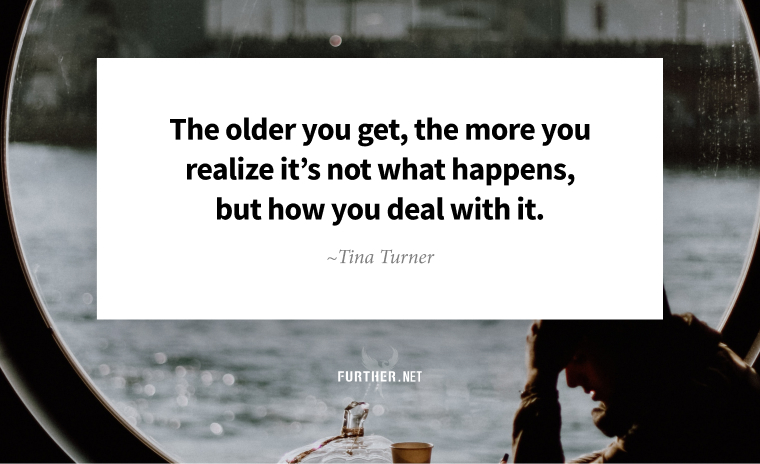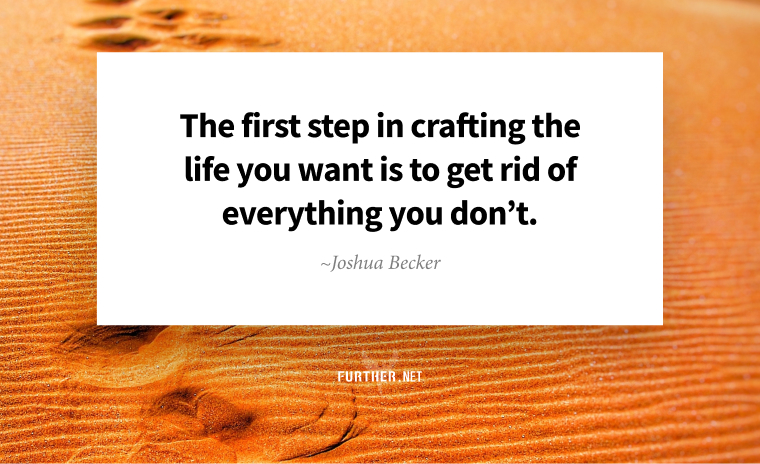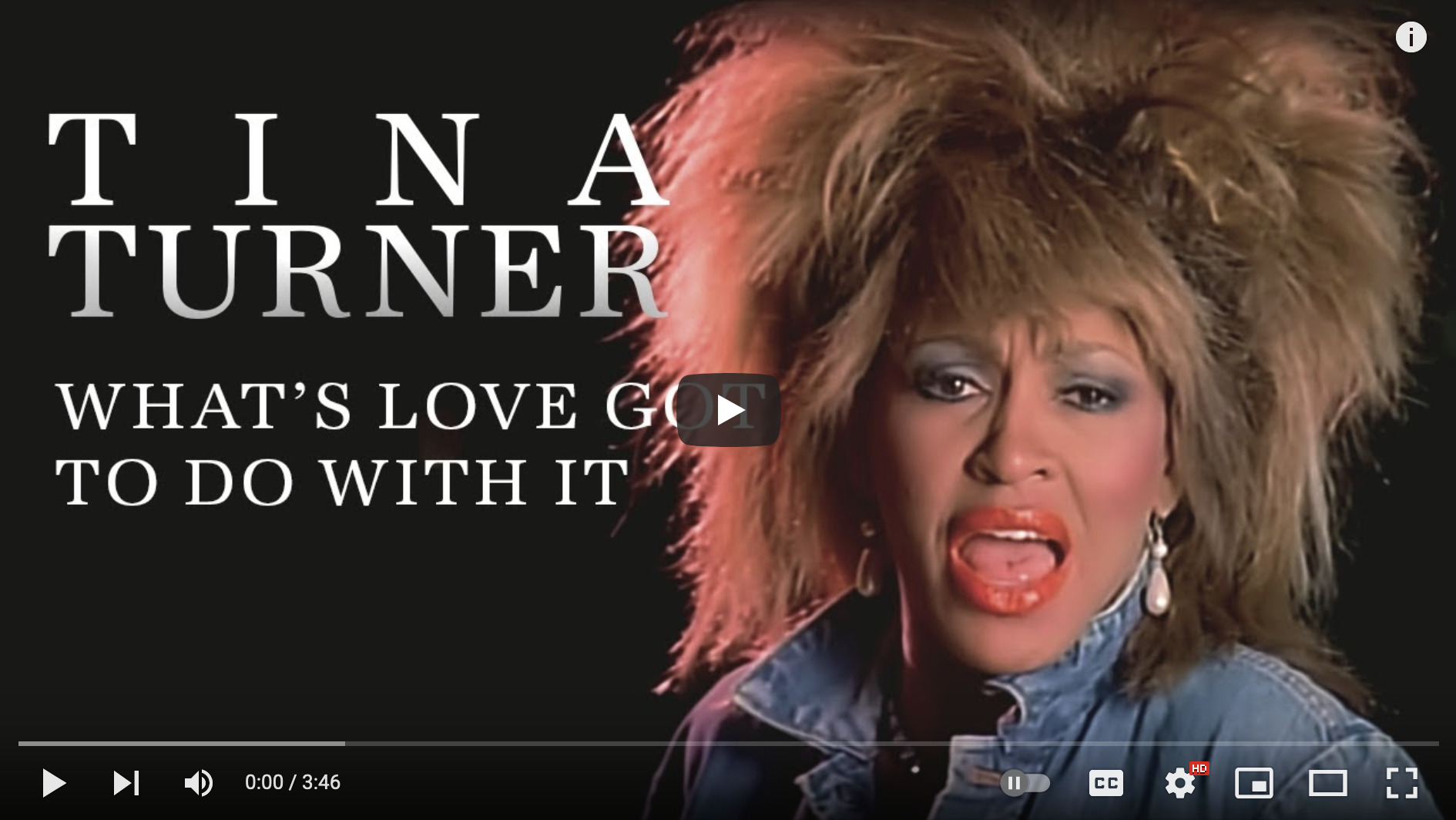
Last week, the MTV generation and the whole world lost one of our brightest musical lights: Tina Turner.
For Further readers, Turner wasn’t just a rock ’n roll star — she embodied midlife transformation. After leaving her abusive husband with just 37 cents in her pocket, Turner embarked on a humbling path of cleaning houses, low-paying Vegas gigs, and two solo album flops before her “comeback” in 1984 at the age of 44 with Private Dancer.
The work to reinvent herself involved not just one escape but two; the first from her marriage and the second from the story of her marriage, which Turner called in HBO’s documentary TINA:
The ridiculously embarrassing story of my life.
Embarrassment is what psychologists call a “self-conscious emotion,” and it can be the greatest obstacle to your growth. The feeling on its own won’t necessarily derail you; after all, you can feel embarrassed in a positive sense, like when you’re being publicly praised.
It’s the amplifying emotion of fear that you’re being watched and judged that can sabotage your forward motion. However, as Leo Babauta of Zen Habits points out, you can use embarrassment to your advantage if you reframe the fear as a sign to keep going.
The growth process requires us to be messy and stumbling in the unknown … and then to get some support when we stumble, think we’re doing it all wrong, or feel like giving up.
Still, this might be particularly challenging at our midlife stage when supposedly we’ve seen and done it all (or at least a lot of it). It’s not easy to be OK with sucking at something — from taking up a new sport to changing your career or going solo — but it’s the only way to learn and evolve.
That means letting go of who we think we are, and who we’re trying to get others to think we are. That’s a letting go, and it’s embarrassing.
Babauta offers a few mindful ways to overcome the fear of embarrassment:
- Notice when it comes up: If you’re asking for help (never easy for anyone, never mind fiercely independent Gen Xers) and you feel like you want to hide, name the emotion “fear” and move on.
- Recognize its effects:Pay attention to how not wanting to look foolish is holding you back, and imagine what it would be like if you didn’t have that concern.
- Consider what you really want: What does life look like beyond the fear?
- Give it a shot: Dip a toe in the water of the unknown. For example, if you’re thinking about launching a new business, write the mission statement, and share it with a coach or a trusted friend with a strong business acumen.
- Grant yourself grace: It’s human to be afraid of embarrassment; you’re not the only one to have these feelings. As you try something new, practice self-compassion and treat yourself with the same love and kindness you would extend to a close friend.
Fun fact about Tina Turner: She was a Nichiren Buddhist for 50 years, from 1973 until her death. In TINA, she attributes her practice and its messages of personal empowerment through wisdom, courage, and compassion as her way out — and up.
If you let embarrassment turn you into a private dancer, you’ll never grow. By embracing the fear and giving yourself some love, you’ll learn that being you, warts and all, is simply the best.
Further reading:
Embarrassment is an Integral Part of the Growth Process (Zen Habits)
Keep going-
P.S. New to Further? Join us here.
No Pain, No Gain Redux
Back in the ’80s, Jane Fonda and Arnold Schwarzenegger told us to make it burn. Today, we know better, as pushing yourself to collapse or past an injury can make your fitness go up in flames. But new research shows a beneficial pain-exercise correlation: the more active you are, the higher your pain tolerance. Now that’s the positive path to pump. you. up!
Exercise linked to higher pain tolerance – new study (The Conversation)
Health Magnet
Magnesium is critical to your health, regulating blood sugar, blood pressure, and muscle functions. So, learning the warning signs of lacking this vital nutrient is almost as crucial as validating your daily dark chocolate habit. (Well, mine, anyway …)
Are You Magnesium Deficient? Watch Out For These 5 Common Warning Signs (NDTV Food)
Don’t Crack Your Nest Egg
If you think you’re looking good for a leisurely retirement, think again — you’re likely heading straight into the retirement danger zone. It starts at 59 ½ when you’re most flush but primed to scramble your financial future if you use the same fiscal strategies you always have. Timing is crucial, so be proactive and stop putting your eggs all in one investment basket.
Beware the Retirement Hazard Zone: Those Years Right After Age 59½ (Kiplinger)
Family Business
Remember as a teen when getting to use the family car was an impossible negotiation? Why should getting your elderly parents to stop driving their vehicle (among other health and safety concerns) be different? The good news is you don’t have to drive your folks or yourself crazy — just try the caregiver curriculum based on business strategies for negotiation and dispute resolution developed by a team of researchers at Northwestern University.
How to negotiate with aging parents who resist support? Borrow these tips from business (Fortune)
The Swedish Approach to Lighter Living

By Trudi Roth
Here’s a room-clearing statement: everyone is going to die. (Admittedly, it sounds better when Amy Poehler says it.)
And when the inevitable happens, we’re seldom ready. Take my mother, who spent a lifetime accumulating things and refused to throw anything out. After she died, my dad and I were left with the daunting task of clearing out their house.
The physical and emotional toll made my father ill and left me feeling guilty about hauling away 99% of my mom’s stuff to donate or trash. I know she would’ve been mortified, but what was I supposed to do?
Aside from indulging in a soothing hygge-style swaddling, I wish we knew about the Swedish practice of döstädning, or “death cleaning.”
What is Swedish Death Cleaning?
Popularized in the book The Gentle Art of Swedish Death Cleaning by Margareta Magnusson, it’s a pragmatic practice of paring down to essentials long before you bounce off this mortal coil. It goes beyond simple decluttering, as it aims to alleviate the burden on your loved ones after you’re gone.
If this sounds painful, consider Magnusson’s perspective.
“Sad and morbid is a good description of what it is like to amass a bunch of stuff, and not really appreciating it. she said. “[It’s sad] to leave all this cleaning to others. Keep the things you really, really love, things that you look at and enjoy regularly. Get rid of the rest of your stuff.”
Don’t wait to get started — while Magnusson says 65, any age works. Plus, decluttering decreases stress and improves your mental health and well-being.
Get Rid of the Skeletons in Your Closet (and Everything Else)
Since Swedish death cleaning is a slow process, there are no rigid rules about how to do it.
There’s actually no time limit or definitive checklist to know when you’re done. It’s all about how you feel and the goals you want accomplished.
Start with your closet, as it may be easiest to ditch things that no longer fit or are out of style. Hold off on assessing sentimental items (i.e., photographs, antiques), as those may entail a discussion with your loved ones.
Next, sort items by size. Dilapidated pieces of furniture go first, then things you can fit in boxes to donate or sell. Go all the way down to pixels and delete your digital detritus, leaving only what’s essential and easy for your family to access.
Finally, connect with your loved ones. What can you give them now, so you can see them enjoy your belongings? Death cleaning can be a bonding activity, full of nostalgia and recounting happy memories.
And in the end, isn’t that what counts? By preparing for and discussing death with döstädning, you’ll lighten up your life in the process.
The Gentle Art of Swedish Death Cleaning: How to Free Yourself and Your Family from a Lifetime of Clutter by Margareta Magnusson (Amazon)
What Is Swedish Death Cleaning? How the Method Can Help You Declutter (Good Housekeeping)
further: flashback

Tina Turner – What’s Love Got To Do With It
Private Dancer, 1984
Kicking off one of the greatest comebacks in music history, What’s Love Got to Do with It became Tina Turner’s first and only Billboard Hot 100 number-one single, selling over 2,000,000 copies worldwide. She became the oldest solo female artist at the time to top the chart at age 44. RIP to the Queen of Rock ‘n’ Roll, who passed last week at 83. (YouTube)
further: sharing

Further subscribers who share the newsletter with friends can gain three months of access to our exclusive membership community Well + Wealthy with only five referrals. Get your own free weekly dose of health, wealth, travel, and happiness advice here, and find out all the details on our referral program.
Thank you for sharing Further!
